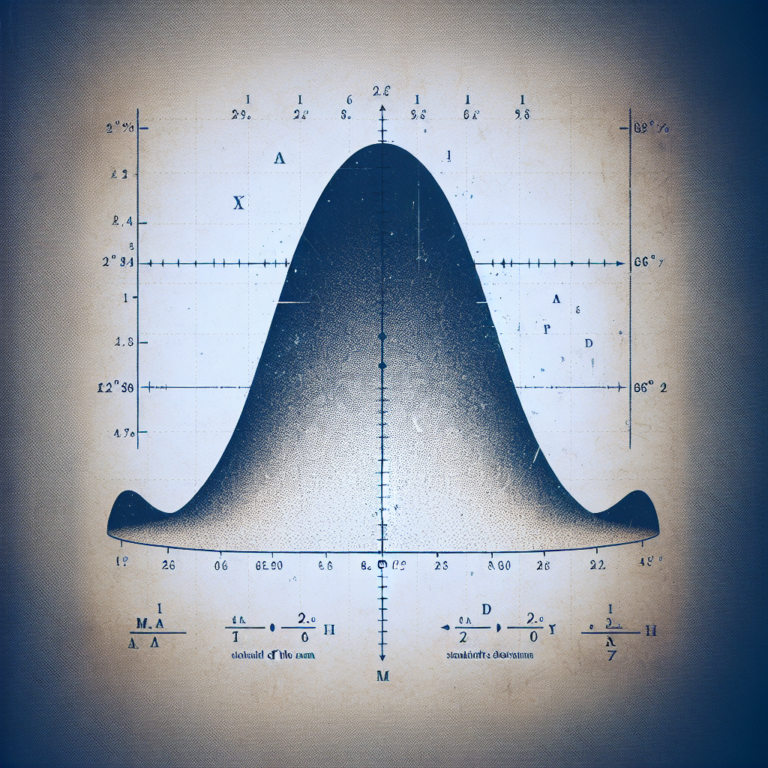Performing statistical tests is crucial in medical research to determine the significance of findings. One such test that is commonly used is the t-test. In this guide, we will walk you through how to perform a t-test in medical research.
Introduction to t-Test in Medical Research
At StatisMed, we understand the importance of accurate statistical analysis in medical research. Our team specializes in providing statistical services to medical professionals, ensuring reliable and valid results. When it comes to conducting a t-test, it is essential to follow a systematic approach to ensure the accuracy of the findings.
Step 1: Formulate Hypotheses
Before performing a t-test, it is necessary to formulate the null and alternative hypotheses. The null hypothesis assumes that there is no difference between the groups being compared, while the alternative hypothesis states that there is a significant difference. For example, in a clinical trial comparing the effectiveness of two treatments, the null hypothesis would be that there is no difference in efficacy.
Step 2: Select the Appropriate t-Test
There are different types of t-tests, including independent samples t-test, paired samples t-test, and one-sample t-test. The choice of t-test depends on the study design and the nature of the data. For instance, an independent samples t-test is used when comparing two independent groups, while a paired samples t-test is appropriate for comparing the same group before and after an intervention.
Step 3: Collect Data and Calculate Descriptive Statistics
Once the hypotheses are formulated and the appropriate t-test is selected, the next step is to collect the data. It is essential to calculate descriptive statistics, such as mean, standard deviation, and sample size, for each group being compared. These statistics will provide insights into the characteristics of the data and help in interpreting the results of the t-test.
Step 4: Check Assumptions
Before conducting the t-test, it is crucial to ensure that the assumptions of the test are met. The key assumptions of the t-test include normality of data, homogeneity of variances, and independence of observations. Violation of these assumptions can lead to inaccurate results and interpretations.
Step 5: Perform the t-Test
Once the assumptions are met, it is time to perform the t-test. The t-test calculates the t-value, which indicates the difference between the means of the two groups relative to the variability within the groups. The t-value is then compared to a critical value from the t-distribution to determine if the difference is statistically significant.
Step 6: Interpret the Results
Finally, the results of the t-test need to be interpreted in the context of the study objectives. If the p-value is less than the predefined significance level (usually 0.05), the null hypothesis is rejected, and the alternative hypothesis is accepted. This indicates that there is a statistically significant difference between the groups being compared.
In conclusion, we demonstrated how to perform a t-test in medical research through a systematic approach that involves formulating hypotheses, selecting the appropriate t-test, collecting data, checking assumptions, performing the t-test, and interpreting the results. At StatisMed, we are dedicated to helping medical professionals conduct accurate and reliable statistical analysis to support their research efforts. If you need assistance with statistical analysis for your medical research, feel free to contact us for a quote on our services.
[ad_2]




